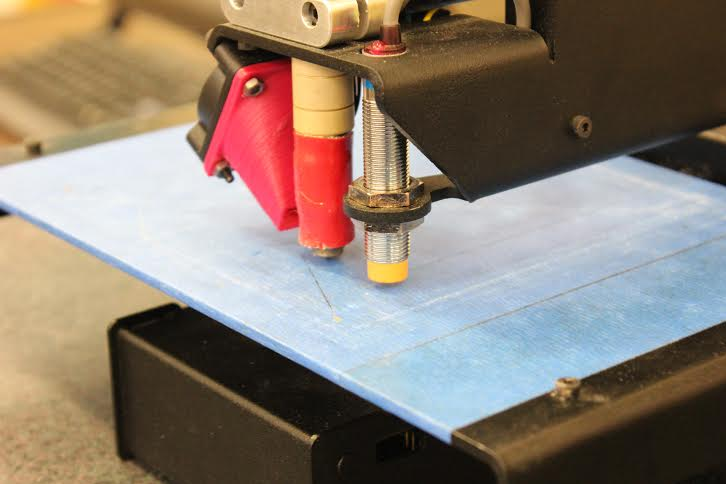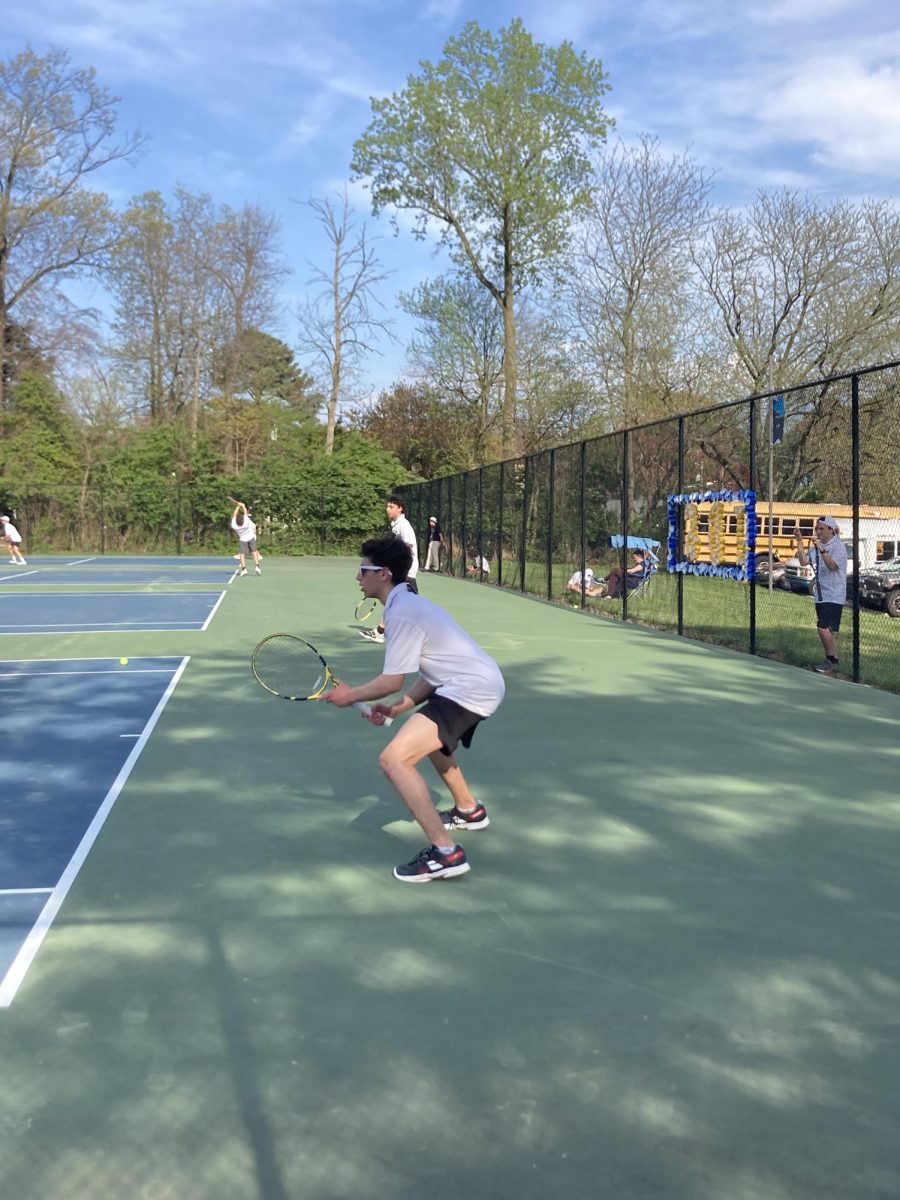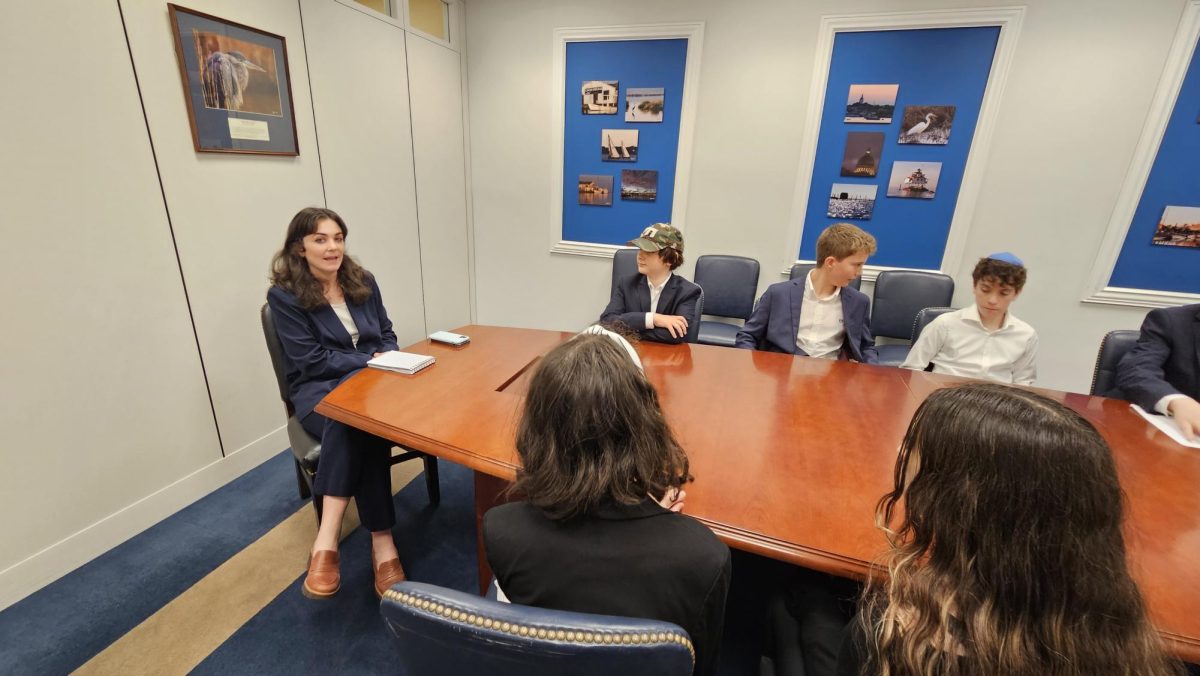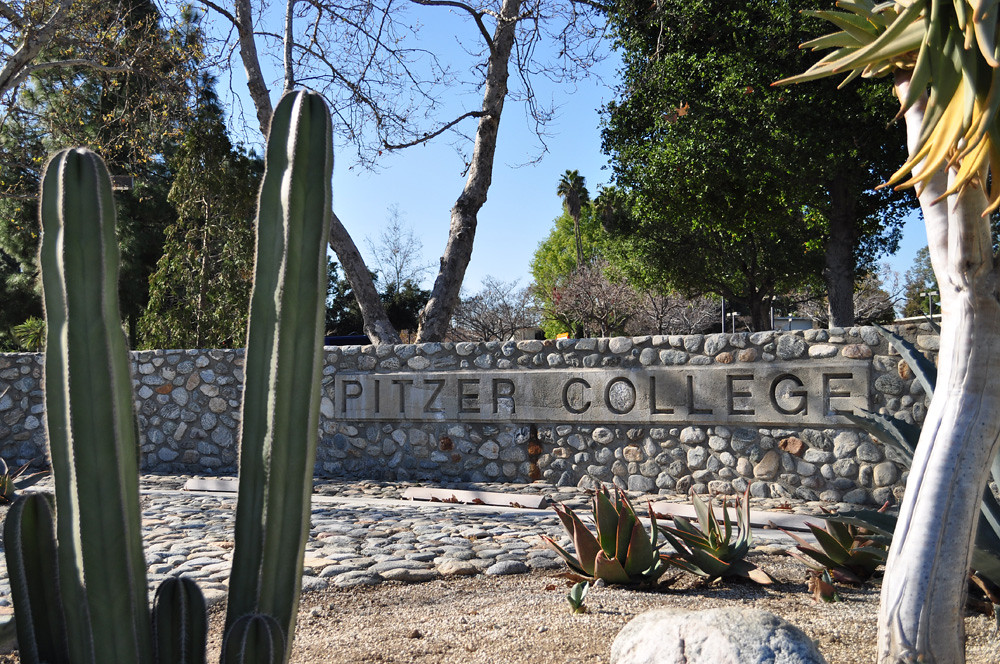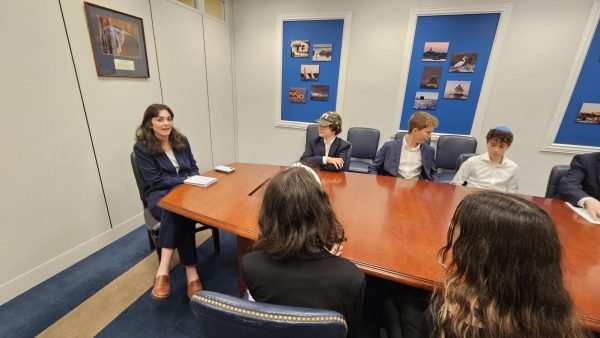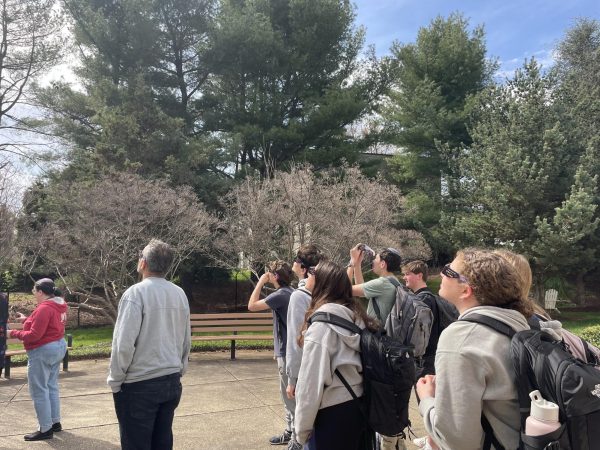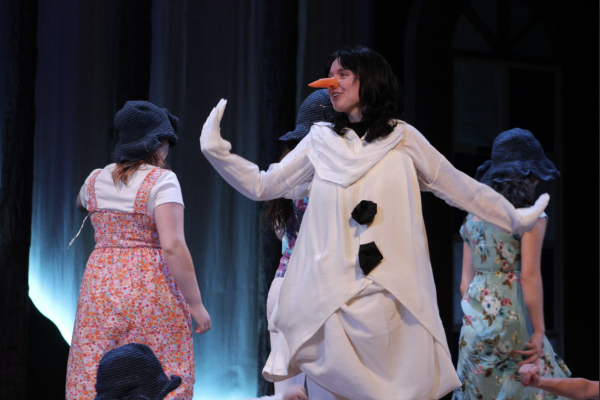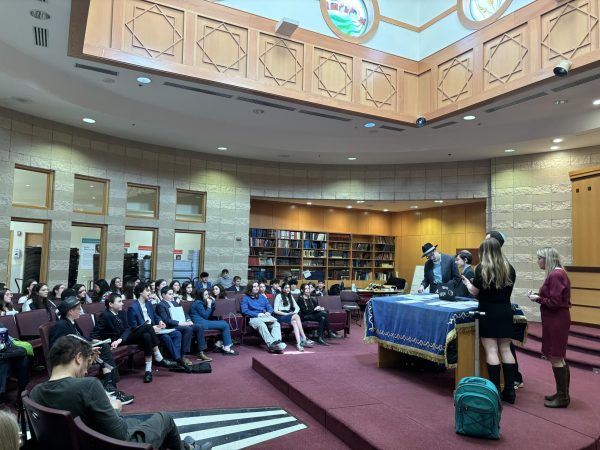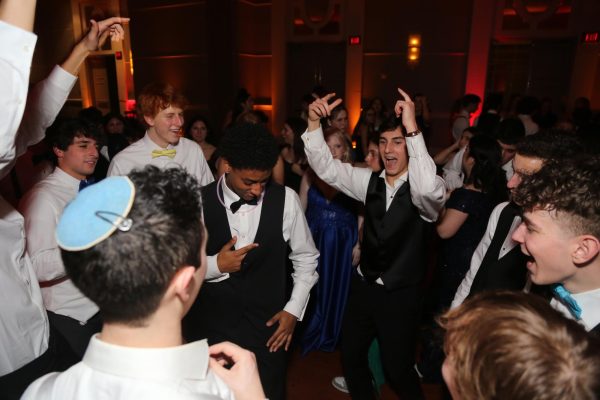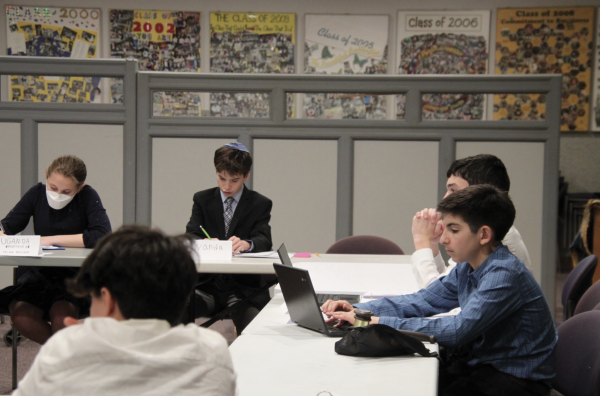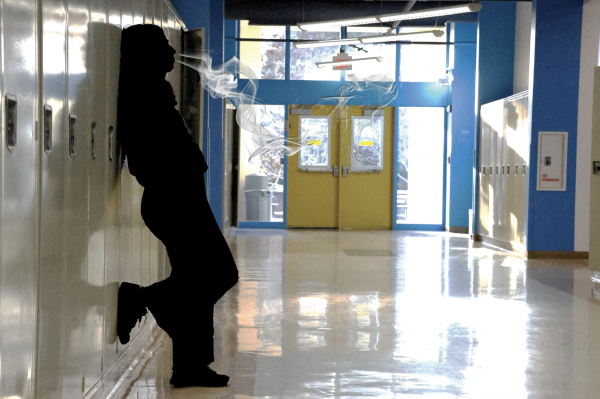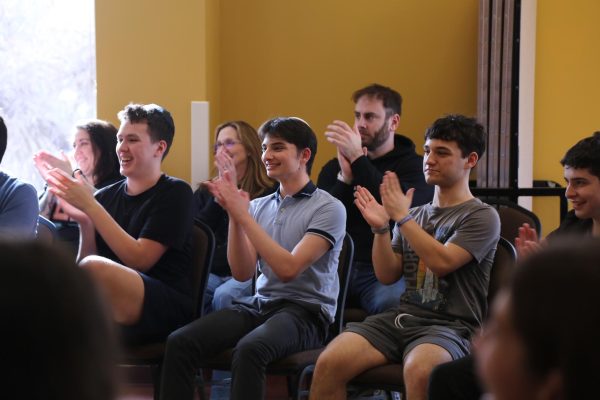Innovation Center for Robotics and Design coming to Upper School
March 11, 2016
This summer, an Innovations Center for Robotics and Design will be added to the Upper School building. This new center is part of an initiative to strengthen the school’s science, technology, engineering and mathematics (STEM) programs.
STEM will become a more significant part of the high school, reflecting its gaining popularity across the country. According to the STEM Education Coalition, by 2020, the demand for engineers will add over 1 million jobs within the U.S. workforce.
Additional reasons to bring STEM to the Upper School include student interest, funding opportunities and the sixth grade moving to the Upper School. The goal of the program will be to continue the education students have received at the Lower School, and provide high school students with the same opportunities.
“As things have taken off at the Lower School, it was clear that those students would be arriving at the Upper School, so we needed to start thinking about what programs we could offer them,” Director of Instructional Technology Ginger Thornton said.
The Lower School already has a robotics club and lab, which the Upper School program will attempt to mirror.
The lab will include robotics equipment, storage space and a digital design center that will help The Lion’s Tale and Dimensions staffs further their digital design skills. There will also be a broadcasting studio for students pursuing communications, and Google Cardboard which will serve as a resource for film.
In order to gather ideas and inspiration for the layout of the Innovations Center for Robotics and Design, Thornton learned about the STEM program at Thomas Jefferson High School for Science and Technology (TJHSST) in Fairfax County, Va. TJHSST is a magnet school that specializes in math, science and technology education.
“We visited a lot of other schools, and part of what we learned by doing that was that technology is always changing,” Thornton said.
JDS STEM Education Specialist Alexis Soffler is responsible for the program at the Lower School. Soffler hopes that Upper School students will not only learn about science through the program, but also learn essential life skills.
“I want them to develop a skillset that is essential for success in STEM and in all fields — things like persistence, resilience, ways to organize information, how to take risks and how to innovate,” Soffler said.
Seventh-grader Noah Simon has been interested in engineering from a young age and participated in the STEM program at the Lower School.
“I really enjoy engineering, and just being able to mix the creativity and mechanical side of it [is] really interesting,” Simon said.
Along with its STEM activities, the Lower School has a lab with a 3-D printer and high-definition touch-screen desktops. It also has a range of robotics from HEXBUGs, robotic toys that resemble a bug, to the Lego Mindstorm EV3, the third generation robotics kit in Lego’s Mindstorms line.
“I am really excited about the robotics and especially the Lego Mindstorm EV3,” Simon said. “I think it gives many people opportunities [to learn about] basic robotics and programming in a way that everyone can understand.”
One objective of the STEM program is for students to understand complicated technological concepts more easily. For example, Lower School students were able to use the Israeli program Code Monkey to learn how to code the professional language CoffeeScript in Hebrew.
“[Students] learn by touching, trying, experimenting, and young children learn a tremendous amount through playful experiences with tools like this,” Soffler said.
Junior Eli Zajicek aspires to be an engineer when he grows older, and feels that a STEM program would be a great addition to the Upper School.
“Robotics coming to the school would be awesome,” Zajicek said. “I would love JDS to add even more STEM courses. There is not enough engineering or technology in general here.”
Soffler would like students to learn about technology as a way to prepare them for their future careers.
“To understand and harness the power of STEM in the future of humanity and of the world, we need to have our middle and Upper School students emerging with a sense of identity, experience and knowledge to go forward,” Soffler said.


